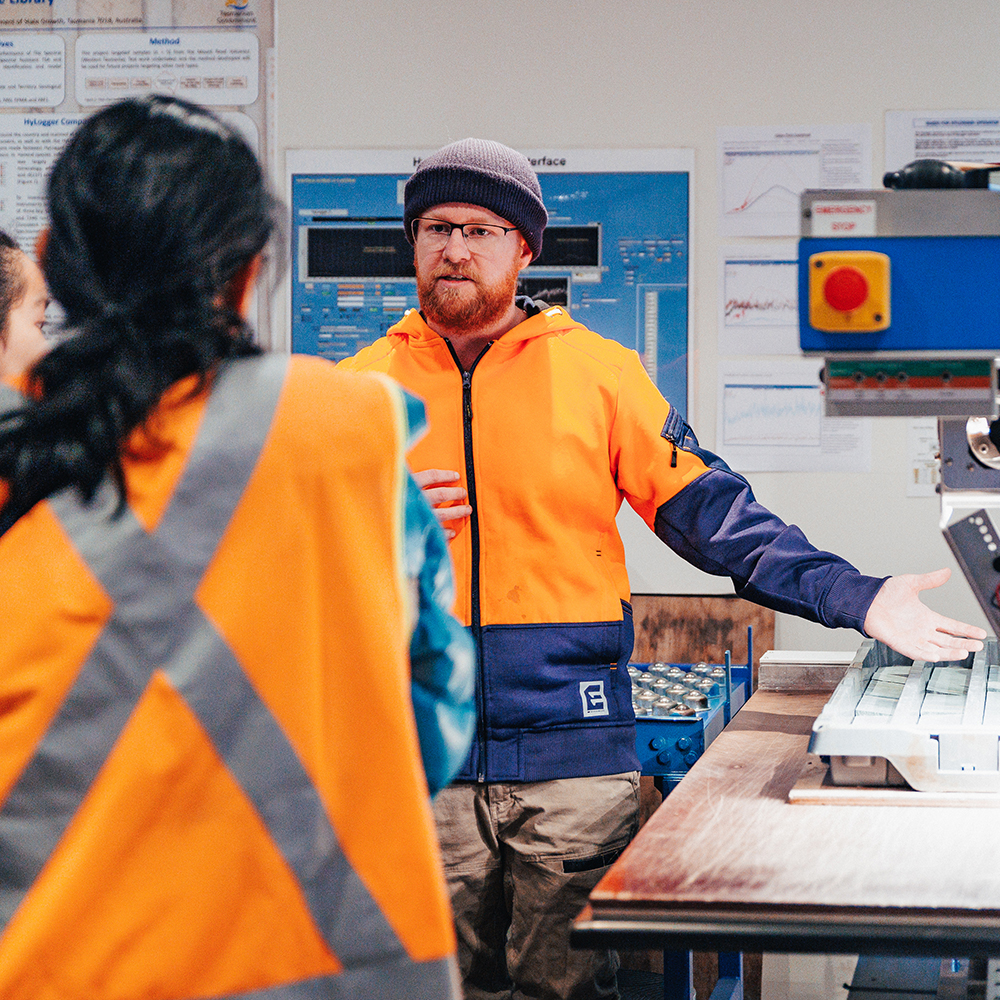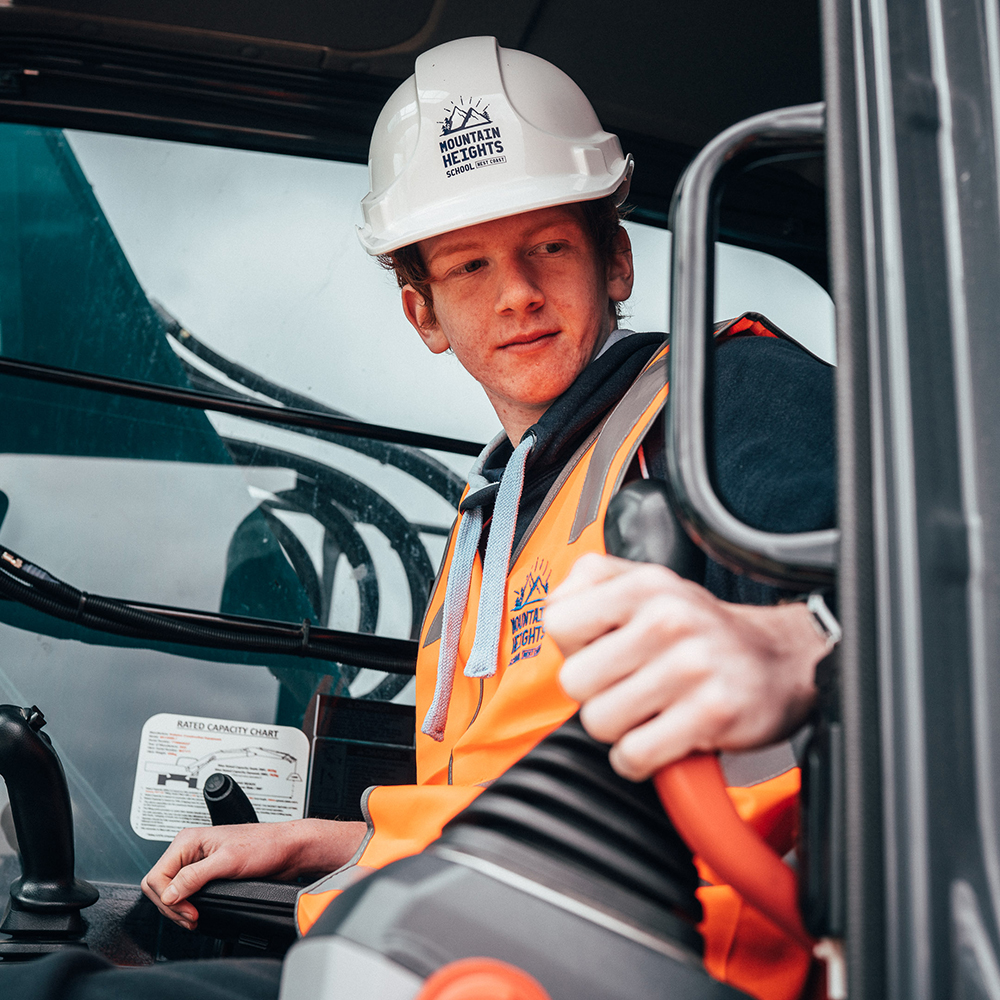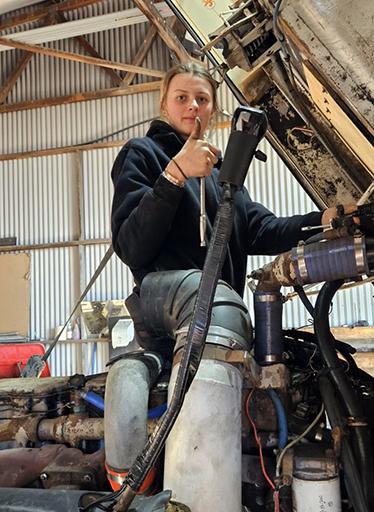ASbA stands for Australian School based Apprenticeship (ASbA). In a nutshell, it’s an apprenticeship or traineeship that you do while still at school. So if you’re in Year 10, 11 or 12 you could combine school, employment and training in an industry of your choice. And guess what? ASbA’s are available in over 500 occupations. This means there’s every chance you’ll find one that’s a great fit with your interests.
An Australian School based Apprenticeship offers many benefits. It allows you to keep going to school while you undertake a recognised qualification. And you’ll be in paid employment, so it’s a ‘win, win win’ situation.
How does it work?

The nuts and bolts of an ASbA
You’ll sign a training contract which is what makes it an apprenticeship/traineeship. The training contract will link your training to your employment.
A Registered Training Organisation (RTO) will deliver the formal training. They’ll provide you with units to complete and will visit you at work throughout your training to check in or carry out assessments. And at the end of the traineeship/apprenticeship they will issue your certificate/qualification.
You’ll work at least 7.5 hours per week during school, with extra hours available on school holidays. This allows you to balance your school work with your employment and training.
Sometimes employers will offer ASbA’s and you can apply for them. But you can also be proactive.
So what will you get out of it?
You’ll get heaps. At the end of Year 12, you can walk out of school with your Tasmanian Certificate of Education (TCE), a completed qualification or be well on your way to completing your qualification.
Some useful tips for getting your own ASbA
- Start exploring your own career interests
- Talk with your teachers. Or your career advisor or VET coordinator at your school or college about ASbA. They can often make things happen or at least steer you in the right direction
- Make a list of potential employers and try and call them
- Undertake a work placement or work experience to get your foot in the door
- Ask your school or college for some ASbA flyers to hand out to potential employers
- Talk to local businesses about employing you on a ASbA (let them know you’re keen)
- Speak to your current employer, if you have one, about the possibility of doing an ASbA
- Tap into your network of family and friends for employment possibilities.
- Check out employment websites and career noticeboards at school/college
- Chat with students who are already doing an ASbA, and pick their brain.

Student success story

“What’s great about doing an Australian School-based Apprenticeship (ASbA) is that I’m getting the opportunity to start the career I want.”
Karlie is proof that work exposure opportunities at school can help kickstart an awesome career.
Karlie Morgan grew up in a family that loved tinkering about with engines. Often this meant pulling motors apart, replacing spark plugs, brake pads, carburettors, and working with different tools. It wasn’t until Karlie was a teenager that she considered a career path involving fixing engines herself. “I grew up with lots of bikes and cars as a kid. Plus my dad was a truck driver, so engines have always been a thing,” said Karlie.
In 2022, 15-year old Karlie started an Australian School-based Apprenticeship (ASbA) while completing Year 10 at Kings Meadow High School. Kylie began working two days a week at Moore Diesel and she’s been working there ever since.
“What’s great about doing an Australian School-based Apprenticeship is that I’m getting the opportunity to start the career I want.”
Working at Moore Diesel-, Karlie gets to slip on a pair of overalls and work on some big machinery. “It’s similar to being a mechanic, except I get to work on things like tractors and trucks, which is pretty awesome.”
After completing Year 10, Karlie went straight into a fulltime apprenticeship in 2023. Karlie is studying a Cert III in Heavy Commercial Vehicle. The apprenticeship sees Karlie now working 5 days a week at Moore Diesel. At the same time, she has to complete assignments (and on-campus activities at TasTAFE) to gain her qualification.
“Once I finish the apprenticeship, and I have the Certificate, then it gives me heaps of opportunities to branch out into different things. There’s not many people who choose to specialise in Heavy Commercial Vehicle repairs,” she said.
For some students like Karlie, going on to complete Years 11 and 12 in a school might not be the perfect fit (and that’s OK). Every one is different. Completing an Approved Learning Program (ALP) is what it’s all about. This could mean enrolling at a school or college, commencing a full-time apprenticeship/traineeship or commencing vocational education and training with a Registered Training Organisation (RTO).
Of course, with any Apprenticeship, there’s still a study component. The difference is you’re studying subjects in an adult-learning environment. “The TasTAFE study is quite involved. There’s a lot of bookwork, and you’ve got to research everything. Then you’ll do a practical assessment.”
For six weeks of the year, Karlie attends the TasTAFE campus in Alanvale. Here she works alongside other apprentices who are finishing the same Certificate. “It’s a great learning environment. The teachers are very helpful, and they know what they’re doing.”
Karlie is on track to finish her training in 2026, and to gain her qualification. If things go to plan, Karlie will be fully qualified in a specialist trade at only 19 years of age.
When asked if she’s sure it’s the right career path for her, Karlie didn’t hesitate. “Yes, I am,” she said.

